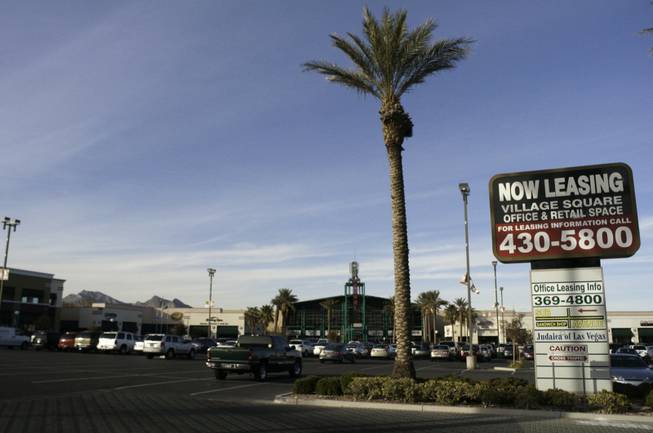Then he missed an opportunity to capitalize on the value of the real estate at the peak of the market. Even in back in '04 when the Sears merger was underway, splitting the company into an OpCo/PropCo strategy where you would split the retailer into a Real Estate company (and leverage it up with CMBS debt) and an Operating Company made a lot of sense. The debt likely would have been fine today as well, given that they would have signed some long-term leases (of course, the OpCo may be stuck with lease payments if it shuttered 120 stores...). Within a few months, KKR/Bain/Vornado were divvying up ToysRUs in precisely the same manner.
Well, I'm still rooting for the guy. He announced over the break that they're closing 100-ish stores and they released a list of 80 closures in the last couple of days. They're list is in a PDF and doesn't copy out cleanly, so I pasted a complete list at the bottom of this for anyone who wants it.
CMBS Exposure - Please note that this is not an attempt to be a thorough or complete list, just a quick snapshot. There is a HIGH probability that there are some missing or incomplete data in the list below. The analysis simply consisted of pulling every property with a tenant with a name like "%Sear%" or "%K%Mart%" and matching against ZIP codes on their closure list (Zip codes change, Annex A's misspell stuff, etc.):
| Deal | Loan Name | Loan Status | PCT of Deal |
| MSC 2007-IQ14 | Ershig Mall Portfolio | Perform(w) | 0.83% |
| GMACC 2004-C2 | Shoppes at St. Lucie West | Grace(w) | 2.06% |
| MSC 2005-IQ10 | 69th Street Philadelphia (I) | Grace(w) | 4.43% |
| JPMCC 2006-CB15 | Lightstone Portfolio | Del 90+ ss | 3.31% |
| MSC 2005-T17 | Coventry Mall | Del 30 ss | 9.26% |
| CSFB 2002-CKN2 | Crystal River Mall | REO | 4.16% |
| MCFI 1996-MC1 | Kmart/Rocky Mount | REO | 100.00% |
| BACM 2005-6 | Island Walk Shopping Center | Perform(w) | 0.50% |
| WFDB 2011-BXR | BXR Loan | Perform | 100.00% |
| CSFB 2001-CKN5 | Manhattan Plaza | In Foreclosure | 2.45% |
In the table above, the formatting kept cutting off columns - if you'd like the complete mapping of columns shoot me an email at credarkspace@gmail.com
Full Closure List (Source)
Also, CRE Console put together a little map using one of my favorite free online mapping tools here. Over at Retail Traffic, Elaine Misonzhnik postulates that the real estate may be in high demand at many of these locations.











